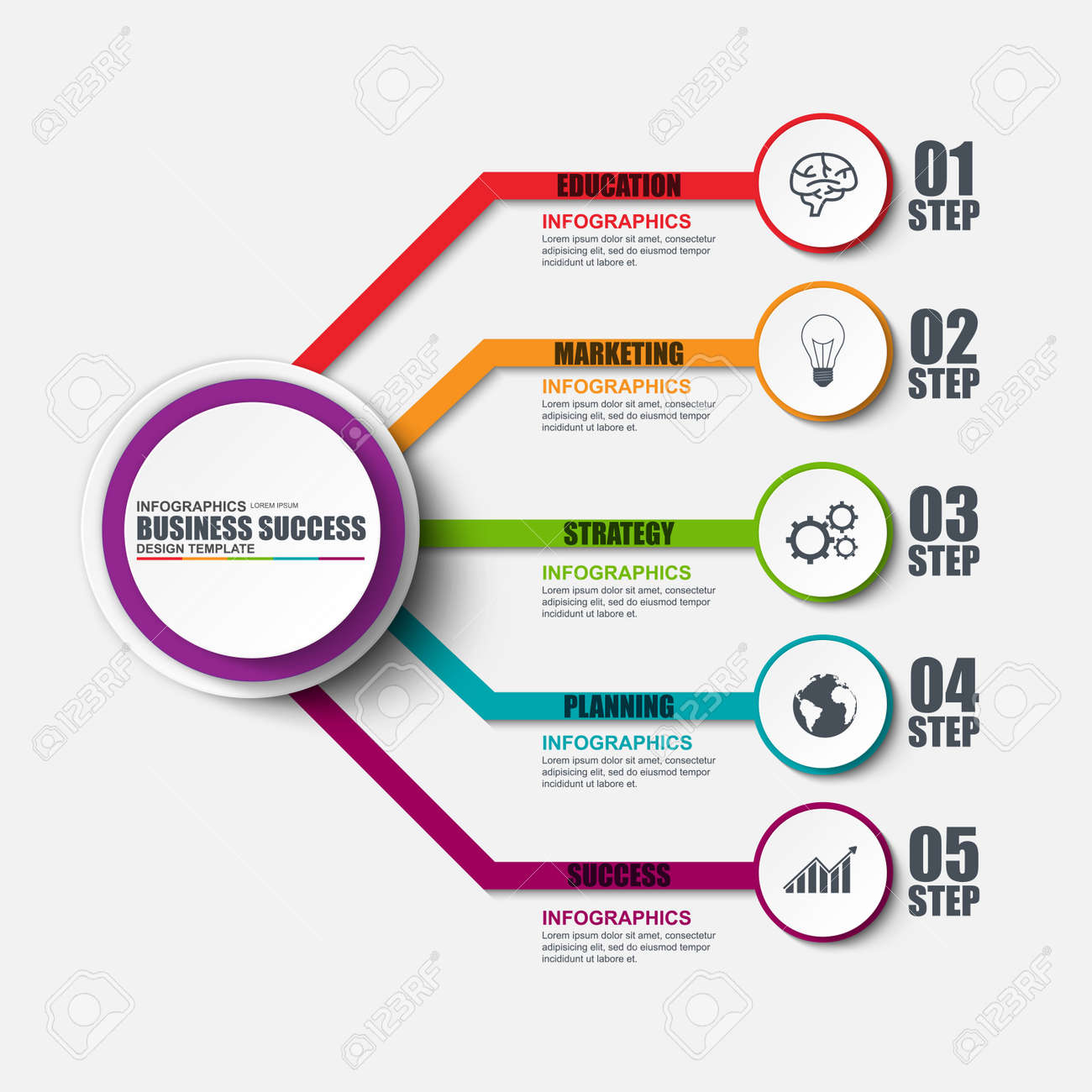Key Elements Of Website Layout: Approaches For Developing An Available User Experience
Key Elements Of Website Layout: Approaches For Developing An Available User Experience
Blog Article
Created By-Hall Daugaard
When it comes to website layout, making certain user-friendliness is vital. From receptive layout to streamlined navigating, every element plays a critical function in developing a site that satisfies your audience's requirements. However what concerning the better details that can make or damage an individual's surfing experience? Keep tuned as we discover some often-overlooked tips that can boost your site's usability to the next level, making it truly stick out in the digital landscape.
Importance of Responsive Layout
Receptive layout is an essential element of modern-day website development. Ensuring your web site is responsive means that it can adjust to various display dimensions and tools, supplying a seamless experience for users.
With the increasing use smartphones and tablets to access the web, having a receptive design is necessary for reaching a bigger target market. It aids in enhancing user experience by making your web site easy to navigate and continue reading any type of gadget.
Furthermore, responsive layout can favorably influence your search engine rankings, as online search engine like Google focus on mobile-friendly sites. By having a responsive design, you're also future-proofing your internet site, as brand-new devices with varying screen dimensions continue to arise.
Simplify Navigation Structure
To improve individual experience and facilitate easy accessibility to information on your web site, streamlining the navigating framework is critical. When making your site, concentrate on producing a clear and instinctive navigating menu that aids site visitors discover what they're looking for rapidly.
Limitation the number of menu products to the basics, grouping associated pages with each other to avoid frustrating users. Usage descriptive labels that clearly suggest the content of each web page, making it less complicated for users to comprehend where each link will certainly take them.
Consider applying dropdown food selections for subcategories to prevent jumbling the main navigating bar. Furthermore, consist of Great Way on the page for individuals who prefer searching for specific information.
Focus on mobile responsiveness in your navigating style to make certain very easy gain access to on all tools.
Enhance Web Page Lots Rate
Improving page load rate is crucial for retaining visitors on your website. Slow-loading web pages annoy individuals and can lead to high bounce prices. To maximize web page load rate, begin by optimizing images. Compress photos without endangering quality to minimize their data sizes.
Additionally, make it possible for web browser caching to save often accessed resources locally, speeding up lots times for returning visitors. Minify CSS, JavaScript, and HTML data by getting rid of unneeded characters, comments, and format, boosting lots speed.
Consider making use of a web content delivery network (CDN) to distribute your internet site's content throughout numerous web servers worldwide, lowering latency for individuals accessing your website from various places. Lastly, limit the use of third-party manuscripts and plugins, as they can substantially affect tons times.
Final thought
In conclusion, by incorporating receptive layout, simplifying navigating, and optimizing web page lots speed, you can create a straightforward internet site that appeals to a wider target market and enhances individual experience. These essential elements guarantee that visitors can easily gain access to and navigate your site throughout different tools, resulting in raised engagement and fulfillment. By concentrating on these crucial aspects, you can develop an effective website that keeps individuals returning for even more.
